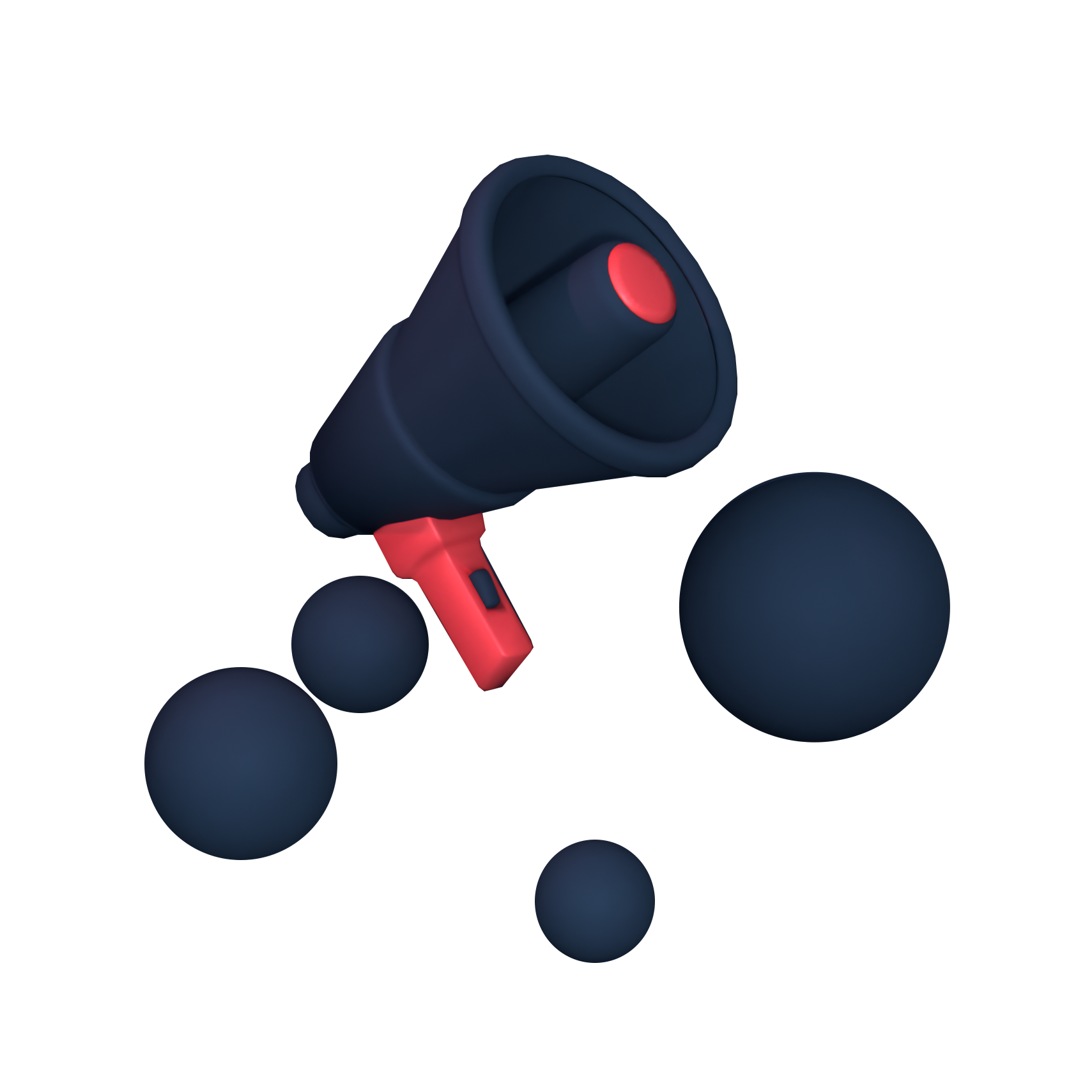Augmented Reality (AR) and Virtual Reality (VR) are terms that are becoming increasingly known within the technology and marketing world. From Pokémon Go, to the upcoming Facebook Spaces virtual reality world, this blog will provide you with some clear information on exactly what AR and VR are, how far they are from being commercially available, and how they can, or could, be used within a Business to Business (B2B) environment.
So let’s jump straight in!

What is AR?
Augmented Reality.
Augmented reality essentially adds graphics, sounds, haptic feedback and even smell to the natural world as it exists.
Since the first video game in the 1970’s (Pong), the video gaming industry has evolved tremendously. We are quickly arriving at the point where video games are being integrated into the real-world environment. Mobile augmented reality gaming apps such as Pokémon Go and Ingress incorporate the real-world environment into the gaming experience. The screenshots below portray how the Pokémon Go app combines the gaming experience with reality:
While the transition is not seamless and the differentiation between augmented reality and reality is still very apparent, it has provided an interesting variation on modern games. And augmented reality is slowly blurring the lines between real and computer generated.
Another great example augmented reality being utilised in the real world is ‘Pair’, an app that reveals what furniture would look like within your house, without having to buy the product first.
There’s also Tesco’s augmented reality mobile app that’s designed to enhance the in-store shopping experience and encourage customers to discover more about the products, services and information the store provides.

What is VR?
Unlike augmented reality which ‘augments’ the real world with virtual elements, VR (Virtual Reality) gives you the impression that you are inside a completely computerised world. By putting on a virtual reality headset, such as the one in the image below, you can enter a virtual, computer generated space. It’s a lot like being in an empty space, or in a horror movie; as you move your eyes and head, the world moves with you, as if you were actually there!
There are various VR devices, all of which have different technical specifications and capabilities, but for the most part, operate in a similar fashion. The most notable VR devices include: HTC Vive, Oculus Rift, and PlayStation VR.
At the start of this blog, I mentioned Facebook Spaces, which takes VR to a different level. Imagine sitting in your front room wearing a headset, which makes it look and feel like you're sitting in a park. But instead of just being able to just view the park and move your head around, you can see computerised versions of your friends also sitting on the bench. Your movements and sounds are tracked, so you can have actual conversations with people from anywhere in the world, all whilst sitting in your front room. Cool, right?

So what potential does AR and VR have for your B2B business?
B2B organisations sell a variety of products, solutions and services, all of which change and evolve over time. As technology transforms every industry, the way B2B organisations engage with customers changes as well, providing them with alternative ways to reach their audience and present their products, solutions and services.
With the ability to overlay interactive designs and computerised models onto the real-life environment, augmented reality opens up the following opportunities:
-
Product placement and preview before purchase – for example a business purchasing a new piece of office equipment and seeing what it will look like before they purchase, to someone being able to try a new piece of clothing and seeing what it would like like before purchasing online.
-
Overlaying Objects - by overlaying computer generated objects on real world, it allows people like construction workers and architects to have a much better understanding of measurements and spaces - how would that house look on that plot of land? Smart Reality’s augmented reality mobile app is an excellent example of overlaying computer generated designs and architectures on to the real world.
Whilst augmented reality allows you to overlay computer generated objects over real life, virtual reality allows you to actually live and interact with a computer generated world. Examples of virtual reality in a business environment could include:
-
Virtual Tours - looking at using a new data centre? Imagine being able to pop on a headset and take a virtual tour, whilst sitting in your kitchen. Take a look at this video from AirBus, which is an amazing example of a virtual tour and product placement in a virtual reality world.
-
Virtual meetings - as mentioned previously, something like Facebook Spaces allows you to have conversations within a virtual world. While Facebook currently sits as the tool to use to meet up with friends, there’s no doubt that companies like Microsoft and Apple are looking to turn Skype and Google Hangouts into virtual worlds. It won’t be long until you’re having a company meeting with ten other computer generated employees.
There’s absolutely no doubt that augmented and virtual reality worlds are on the way - and they are coming at us at speed. However, they’re currently a large expense and for many B2B organisations, not yet commercially applicable. If you’re an organisation trying to work out how you can fit these into your marketing efforts, we are still a few years away from an affordable, plug and play environment.
For now, try the apps that you can get your hands on such as Pokémon Go, or Ink Hunter (which allows you to preview tattoos on yourself) on the AR side, and perhaps look at purchasing a Google Cardboard VR headset to start testing how the virtual reality world is taking shape – you can view specific videos on YouTube in VR, or download ‘Google Cardboard’ for others.
While it’s important to appreciate that the seamless application of AR and VR in a business environment is still a little way off, given the rate of technological advancement, the next surge in AR and VR application could be tomorrow.
Rather than write AR and VR off completely, try to prepare your business for technology disruption. These technologies will enable your business to show its products, services and solutions in an innovative and incredibly engaging way!
So try to come up with ideas now, rather than later. Think about how your business might utilise AR and VR to enhance its product or service offering enabling it to engage further with its customers and you’ll be well ahead of the competition.










-3.png?width=500&height=320&name=Matt%20-%20imagery%20bank%20(8)-3.png)

